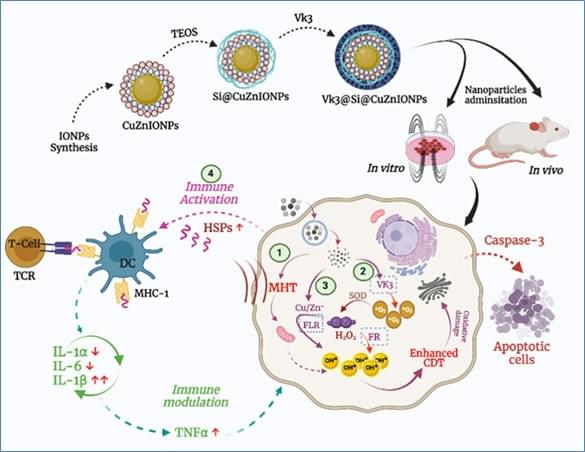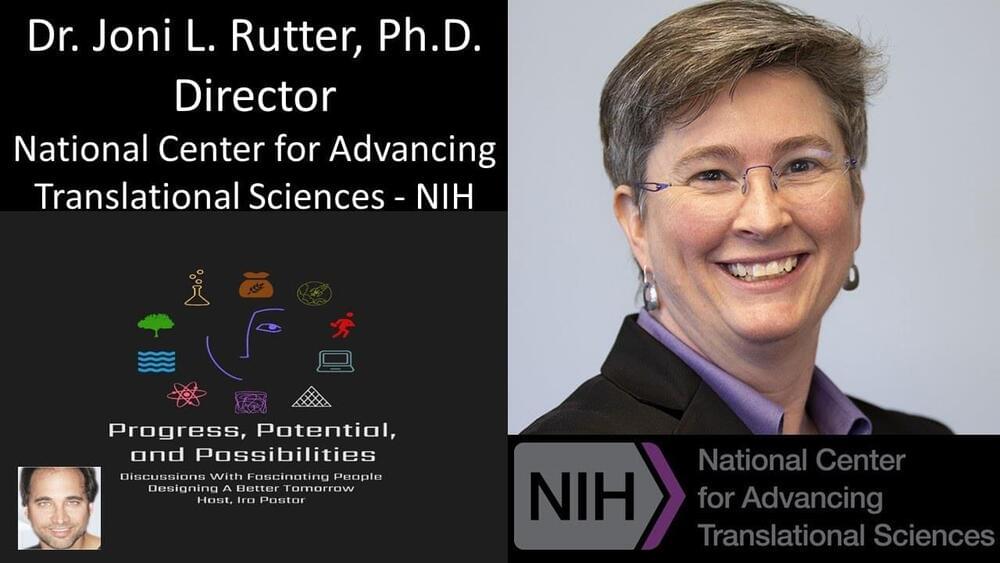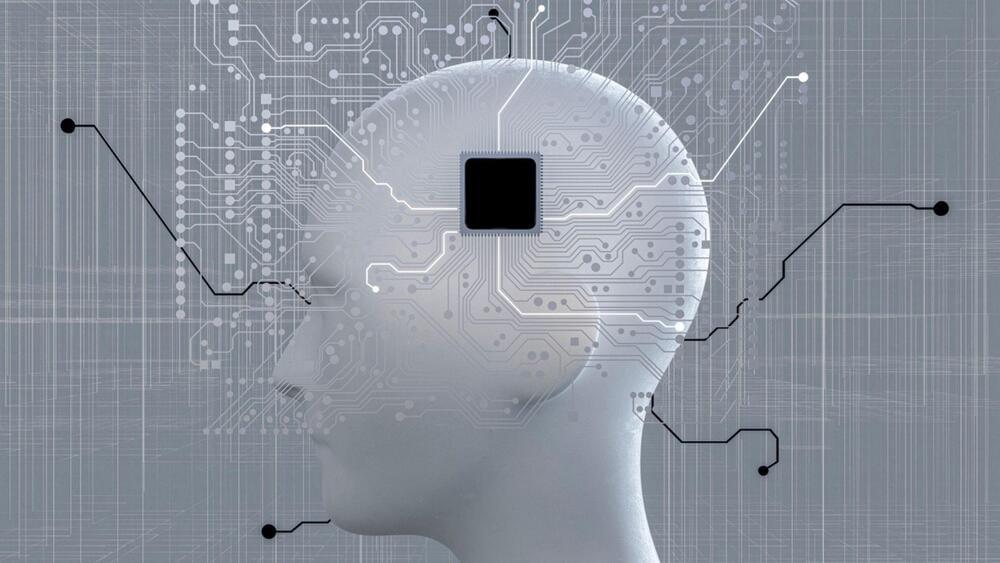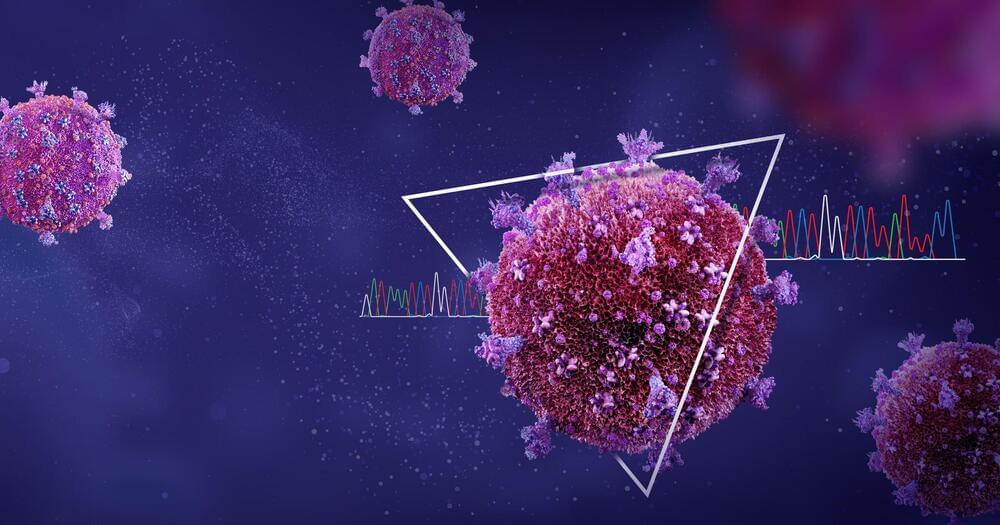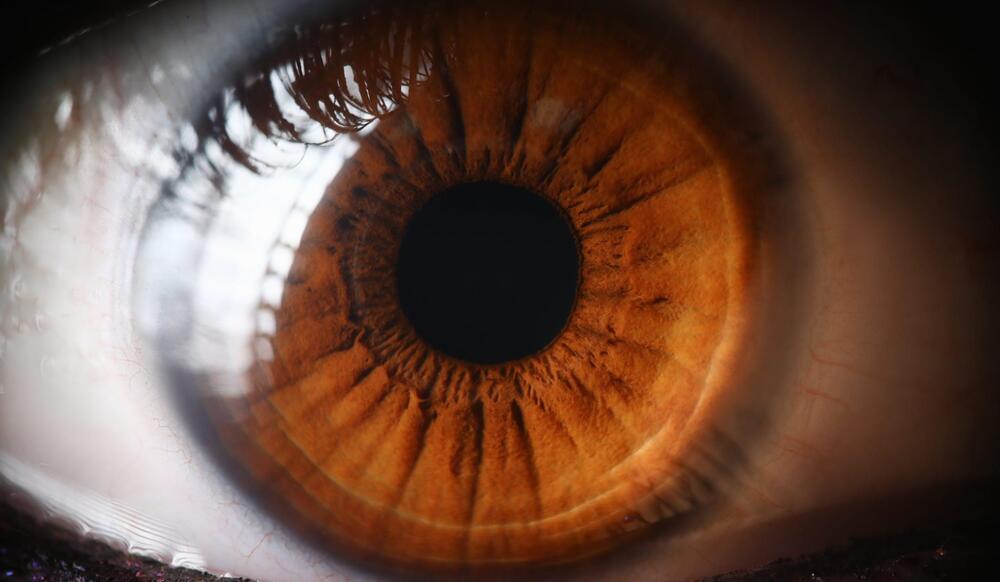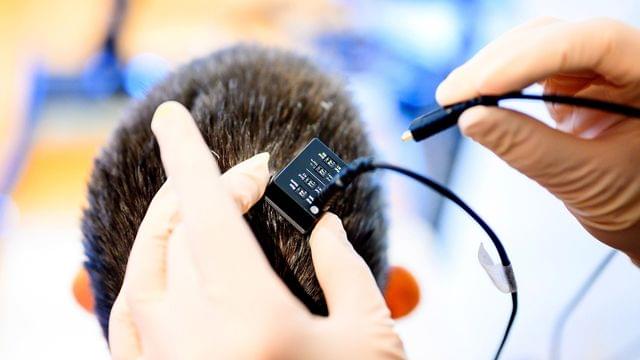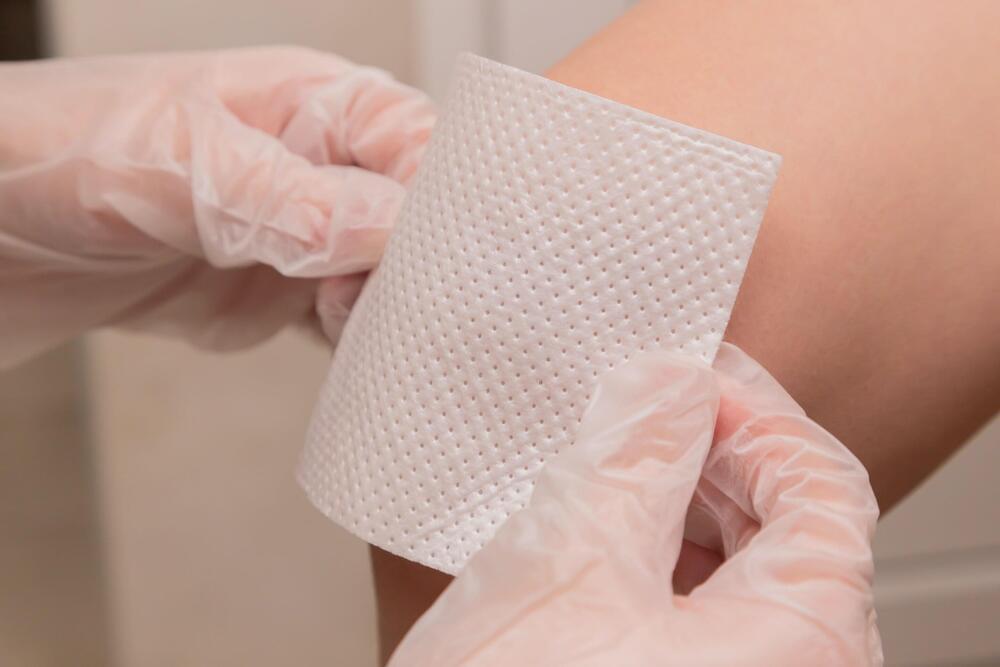Aug 24, 2023
Magnetic nano-boost can supercharge antitumor treatment for an alternative cancer therapy
Posted by Omuterema Akhahenda in categories: biotech/medical, nanotechnology
A new efficient system of cancer treatment using vitamin k3 (Vk3)-loaded copper zinc ferrite nanoparticles having therapeutic capabilities, could benefit millions of cancer patients worldwide.
With the ever-increasing prevalence of cancer cases worldwide, newer approaches to cancer therapy are increasingly needed to tackle the problem. Since conventional cancer therapies such as chemotherapy, radiation therapy and surgery have significant drawbacks such as resistance to chemotherapeutic drugs, adverse effects and lower efficacy, development of nanotherapies that can target hypoxic (when oxygen is not available in sufficient amounts at the tissue level) tumors, with minimum side-effects is necessary.
At present, magnetic hyperthermia-based cancer therapy (MHCT) therapy has been shown to be therapeutic. However, in most cases, it is not as effective due to the generation of lower levels of reactive oxygen species (ROS) in a hypoxic tumor microenvironment (TME) and low heat transmission.
